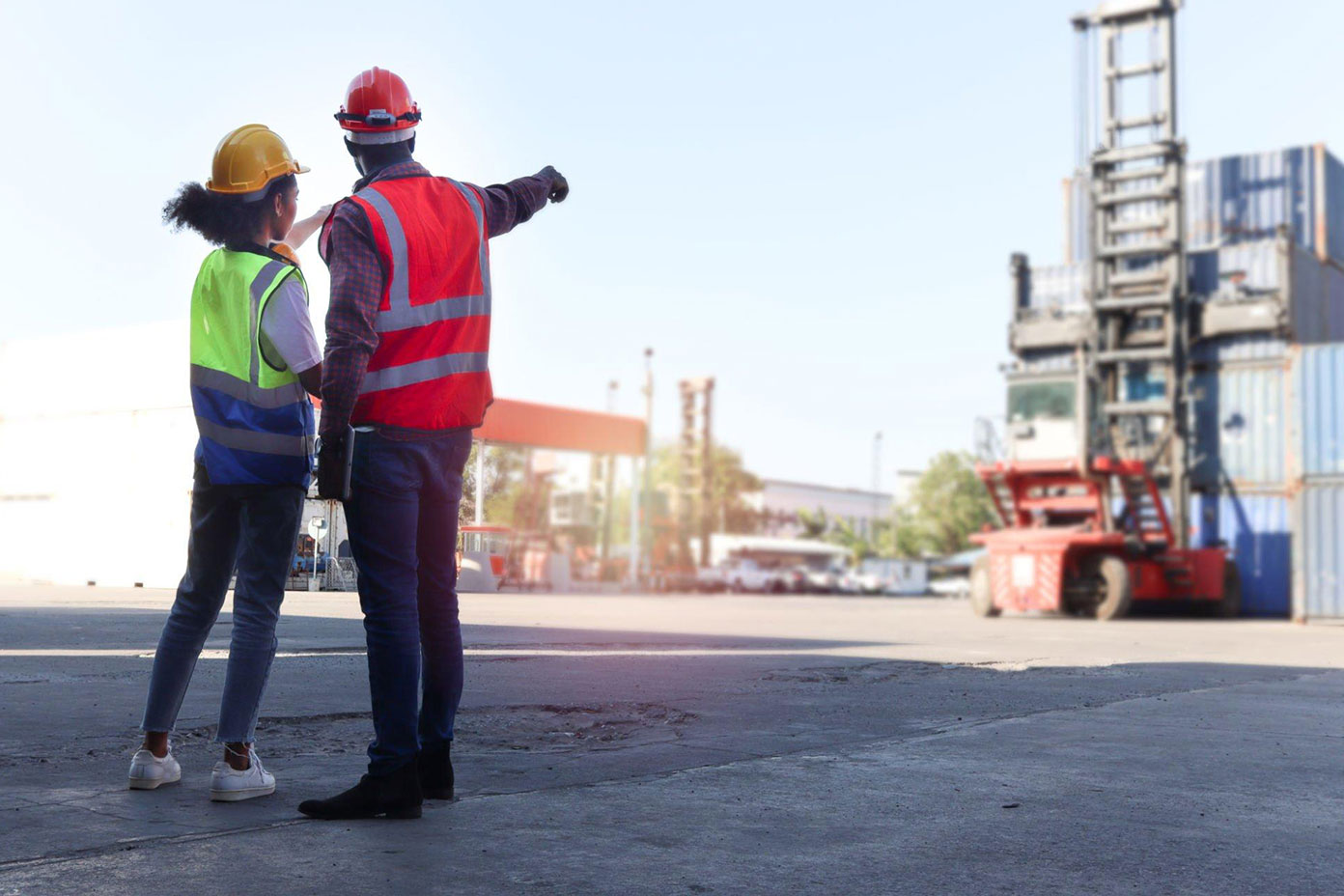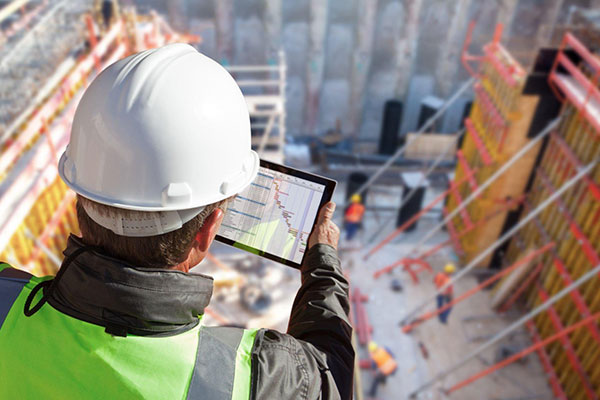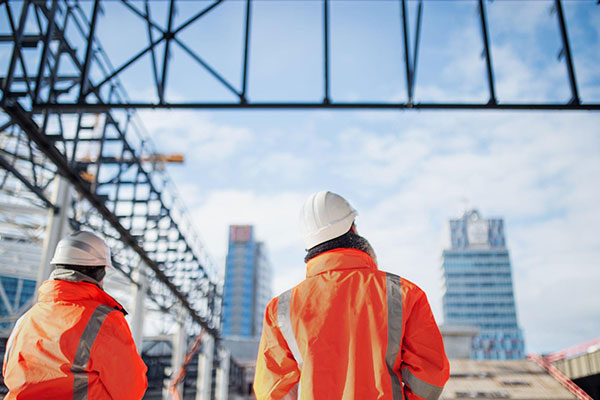Top Admin Apps for Construction Teams
Managing a construction project involves juggling many tasks, from scheduling...

Construction industries are often termed “a high-risk industries,” as their impact on the health and safety of workers is significant. A typical construction site is plagued with potentially dangerous scenarios, such as workers handling heavy equipment or working at extreme heights.
These poor working conditions expose workers to potentially dangerous situations and hazards that are difficult to quantify. Although different sites have different procedures and conditions to provide security, identifying the challenges that pose a threat to Occupational Health and Safety (OHS) remains vital. In this article, we will talk about how OHS can be promoted in the workplace and how preventive measures can make working conditions safer.
According to International Labour Organisation (ILO), the statistics in 2017 state that 24.20% of the fatalities across different industries occurred at construction sites. These fatalities can occur due to unattended collapses, inadequate protection while working at heights, injury from falling materials when the integrity of excavation collapses or unstable areas. These fatalities can also occur due to material handling in tasks involving lifting, holding, carrying, lowering, pushing and pulling material loads.

In addition to these fatalities, workers also suffer from occupational health hazards such as pulmonary diseases due to airborne fibres and toxins, Hand And Vibration Syndrome (HAVS), which causes permanent disability to the soft tissues of people who were handling material loads and even asbestosis. To promote and maintain safety in the workplace, knowledge about the causes of accidents should be enhanced so that business owners can assess the level of safety at their construction sites.
To reduce and manage injuries in the workplace, you can use injury management software australia.
Enhancing occupational health and safety is not a single step but rather a multistep process that includes focusing on the needs of workers at the site, managers, supervisors, and the nearby community. Effective management of site activities, in addition to competent site supervision, is critical to maintaining the integrity of health and safety practices. Long before the work starts at the construction site, competent and well-trained Environmental Health and Safety (EHS) personnel should:
• Highlight the risks and devise management strategies.
• Ensure that site-specific and job-specific training is provided to everyone in the project.
• Ensure that the workforce has adequate access to Personal Protection Equipment (PPE) and knows how to use them.
• Observe, evaluate and report on the safety practices implemented across the site.
Upon the arrival of the employees at the site, they should receive information about the potential site hazards and the steps taken by the management to mitigate these risks. In addition to the briefing about the hazards, welfare facilities, PPE and site rules, the workers should be supervised to ensure that the safety processes are smooth and efficient.
Collective fall prevention also becomes necessary as most of the construction work includes scaffolds. Hence, business owners and OHS personnel should ensure that the site is adequately equipped with toeboards, quad rails and brick guards. There should be adequate personal prevention equipment, such as podium steps, that should be utilised to prevent faults when workers are at a height. Similarly, rescue procedures and emergency plans should be well-defined if the weather seems inappropriate to avoid any adverse effects on workers on your construction site. All platforms should be checked for conditions and inspected for trip or slip hazards.
If you intend to use ohs software australia, you can contact us.
Incorporating OHS checks can help business owners keep a tab on the worker progress, efficiency and well-being. Risk assessments, corrective and preventive measures and adequate health and safety training should all be a part of the construction site checklist. Some examples of controls that can be used as preventive measures include:
1. Periodic inspections of the site and the machinery to detect hazards long before they occur. Selection of appropriate PPE, including respirators, or helmets, to avoid workers inhaling dust, fibre or asbestos. Additionally, workers should be provided with adequate training to handle these PPE.
2. Training should be provided to help workers avoid repetitive motions and use long-handled tools, reducing the strain on the back.
3. Ensuring workers are always protected from wet concrete by providing appropriate PPE and proper washing facilities.
4. Ensuring that dismantling procedures are safe.
5. Site traffic should be appropriately planned and managed to avoid fatalities on site.
6. Those who handle cranes and forklifts should be competent, experienced and regularly provided with further training.
7. Confirm if Permit To Work (PTW) implementation has occurred across the site.
8. To reduce noise, pneumatic silencers should be utilised.
9. Regular inspections should take place to reduce electrical hazards from faulty wires.
10. To reduce fire hazards, firefighting equipment should be regularly inspected and kept in different locations across the construction site, and workers should be adequately trained to utilise them.

Occupational health and safety in the construction industry can be described as a system that monitors occupational health issues at the site. It focuses on applying labour standards in the workplace and security measures that enhance worker safety. Regular inspections and appropriate training are the heart of OHS management.
Comments